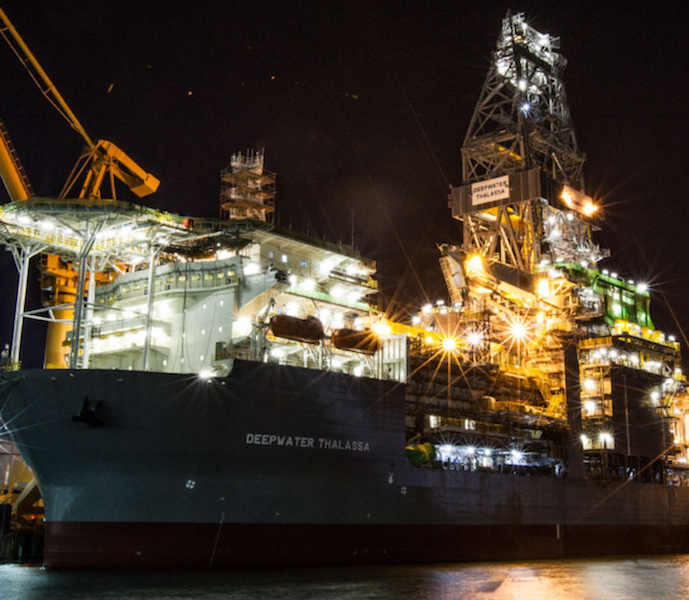The view on the horizon never seems to change. That is why a different environment is always described as an “over the horizon” forecast.
The view of the future can only speculated about. Is there an offshore industry recovery over the horizon? OPEC’s efforts to boost oil prices, coupled with the laws of physics, suggest that the answer is "yes." It just won’t come fast enough for everyone. Actions by leading offshore drilling companies also signal that the recovery is coming.
The latest offshore drilling news – Transocean Ltd.’s purchase of Songa Offshore – suggests that the market has entered the merger and acquisition phase, which traditionally follows the bottom of an industry cycle. Leading offshore drillers such as Ensco plc and Transocean have been created during past industry M&A phases. Transocean has probably been involved in more M&A transactions than any other company in the history of the offshore business. This has enabled the company to maximize its capabilities, while adjusting to meet changing exploration and development challenges. In this down cycle, Transocean has retired 33 of its older floating drilling rigs, sold its entire jackup fleet to Borr Drilling, and now, with the Songa transaction, gained a stronger foothold in the North Sea region, an important offshore geographic region.
Just as Transocean is repositioning for the coming up cycle, Ensco, with its merger with Atwood Oceanics Inc., is doing the same. Both managements see greater opportunities on the horizon with fleets composed of newer, more capable floating drilling rigs. Their optimism is based on several factors. OPEC’s efforts to rebalance the global oil market by reducing its output is working, global oil demand remains healthy, and reduced oil industry investment will lead to slowing, and potentially falling, oil supply growth in the future. The latter reflects the natural phenomenon known as depletion, in which an oil well’s ability to sustain its output in the future weakens as the reservoir’s energy that pushes oil to the wellbore diminishes. This phenomenon occurs in both oil shale reservoirs and conventional fields.
The power of depletion can only be overcome with greater investment – more wells – and/or the discovery of more prolific reservoirs. Although the output from oil shale fields has improved, the greatest hope for new, highly prolific fields lies offshore, and likely in the challenging deepwater and harsh cold-water regions, for which both Ensco and Transocean are repositioning. What’s needed is higher oil prices.
Maersk Drilling suggested in recent commentary that it did not “expect to see sufficient financial improvements from an increase in offshore rig demand until the market reaches a stable oil price above $60 bbl. or until industry cost levels adjust further to a lower oil price.” Their view is shaped by the large number of currently unemployed offshore drilling rigs. That condition will be resolved with higher drilling activity and the scrapping of inefficient rigs. Ensco and Transocean have done the latter, while realigning their fleets to capitalize on the new market realities.
Better days will come, but patience remains the watchword.




